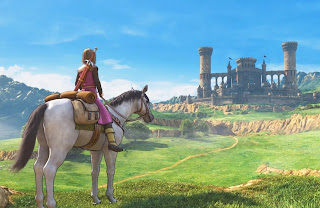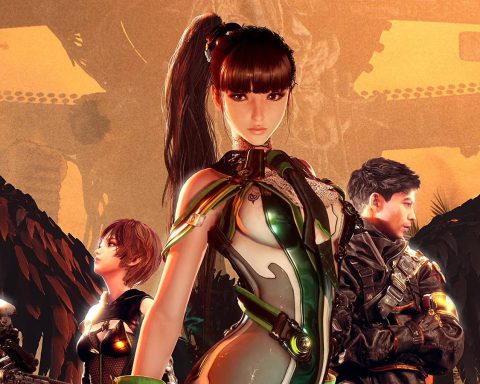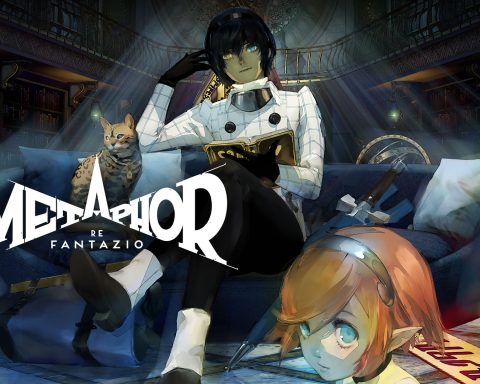We’ve already reviewed Dragon Quest XI twice – once on the original release on PlayStation 4, and then the enhanced version on Nintendo Switch. That second, enhanced version, is now on PlayStation 4. It doesn’t do much more, so this is going to be a short review, but it is also one of the best JRPGs that has been released in the last decade, so I did want to mention it just in case it got lost among the many other releases that are dropping right now. Basically, if you haven’t played Dragon Quest XI yet, you should. If you’ve only played the original release, you need to play S… if only to experience the game in that alternative “2D” mode.
– Matt S.
Editor-in-Chief
Find me on Twitter: @mattsainsb
The critic was provided with a copy of this game for review.










